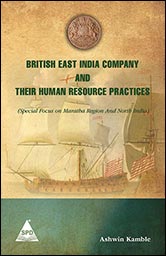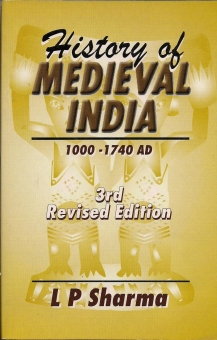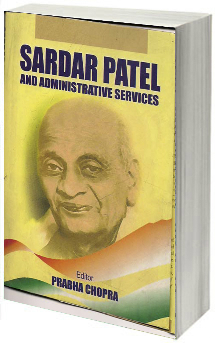British East India Company And Their Human Resource Practices
By Ashwin Kamble(Author)
British East India Company inspired me to study Human Resource practices which were established by them, and even after 300 years so many practices are still followed by Modern Human Resource Management. The company was a pioneer to set up the practices of Recruitment, Learning and Development, Training, Salary and Allowances, Leaves, Gratuity, Pension, Welfare of Employees. The book elaborates these practices. The company evolved a hierarchical model of management that is still followed by today’s Multinational & National Companies. In sixteenth century England, chartered companies brought together a group of merchants, seamen, adventurers and politicians in order to buy and sell goods on a common platform. The idea of pooling resources, however, went back to the medieval guild a commercial body of merchants who made rules for trade to maintain that developed skilled workforce with innovative Human Resource Management practices.The East India Company came to India for trading. For establishing themselves in India, they required trained manpower to administer the control area of company. They started recruitment at England and Hindustan and started Colleges and Training centers at both places. The company had a well maintained policy of Recruitment, Compensation, Training, Reward, Retention, and Welfare on the Employment and Post Retirement as well as in case of Death or Injured cases at the time of war.The modern companies are, indeed a child of the East India Company and there is much to learn from the mother’s failures and successes.




